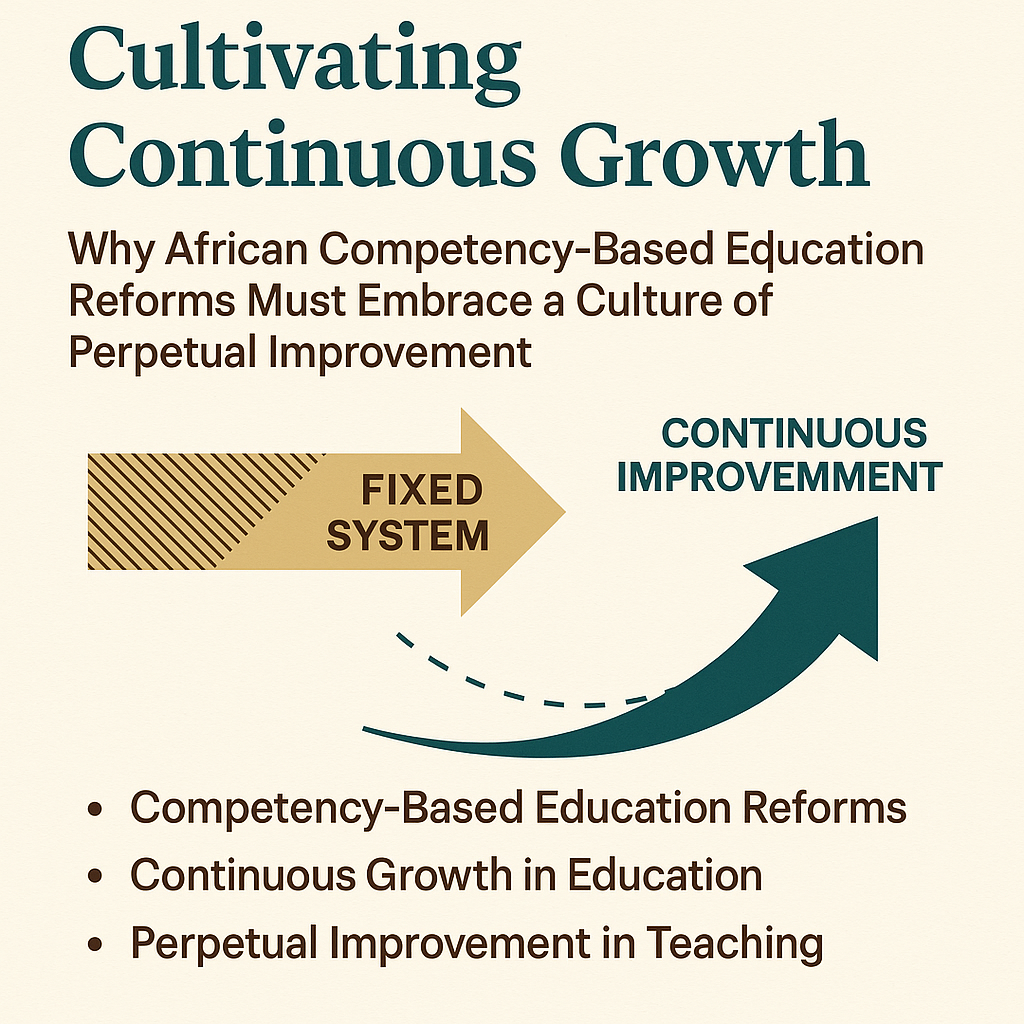
Introduction:
In the dynamic landscape of education, Kenya has traversed various educational paradigms to meet the evolving needs of its society. Three significant milestones mark this journey: the 7-6-3 system, the 8-4-4 system, and the current Competency Based Curriculum (CBC). Understanding the historical context of each curriculum is crucial to appreciate the societal and educational imperatives that propelled their inception and subsequent reforms.
The 7-6-3 System: The 7-6-3 system, introduced in 1963, was Kenya’s initial post-independence educational framework. It comprised seven years of primary education, followed by six years of secondary education and three years of university education. Rooted in the aspirations of nation-building and human resource development, this system aimed to equip learners with foundational knowledge and skills necessary for national development.
References:
- The Report of the Kenya Education Commission (1964), commonly known as the Ominde Report, laid the groundwork for the 7-6-3 system. It emphasized the need for an education system that catered to the socio-economic needs of the newly independent nation.
The 8-4-4 System: In response to the changing economic landscape and global trends, Kenya implemented the 8-4-4 system in 1985. This model emphasized eight years of primary education, four years of secondary education, and four years of tertiary education. The shift aimed to foster practical skills and enhance workforce readiness, aligning education with the demands of the labor market.
References:
- The Presidential Working Party on the Second University in Kenya, chaired by Prof. Wamalwa, proposed the 8-4-4 system in the early 1980s. This policy document highlighted the need for a more practical and market-oriented educational approach.
The Competency Based Curriculum (CBC): As Kenya transitioned into the 21st century, calls for educational reform grew louder. In 2017, the government introduced the Competency Based Curriculum (CBC), a learner-centered approach focused on developing critical thinking, creativity, and practical skills. The CBC emphasizes competency over content, aiming to nurture well-rounded individuals capable of thriving in a rapidly changing world.
References:
- The Taskforce on Curriculum Reforms, led by Dr. Kilemi Mwiria, proposed the CBC framework. The task force report underscored the need to align education with the demands of the 21st-century economy and society.
Conclusion:
The journey of educational reform in Kenya reflects the nation’s commitment to adaptability and progress. From the foundational principles of the 7-6-3 system to the pragmatic approach of the 8-4-4 model, and finally, the learner-centric philosophy of the CBC, each curriculum embodies a response to the evolving needs of Kenyan society. By understanding the historical context of these educational paradigms, stakeholders can better appreciate the rationale behind reforms and work collaboratively towards shaping a brighter future for Kenyan education.
References:
- The Report of the Kenya Education Commission (1964)
- The Presidential Working Party on the Second University in Kenya (1981)
- Taskforce on Curriculum Reforms Report (2017)


